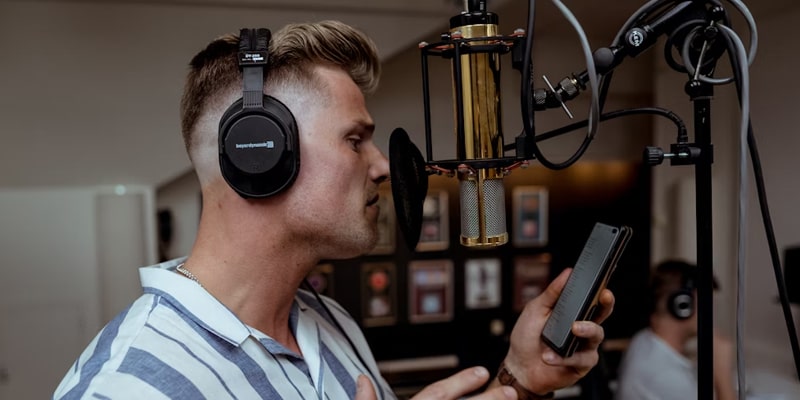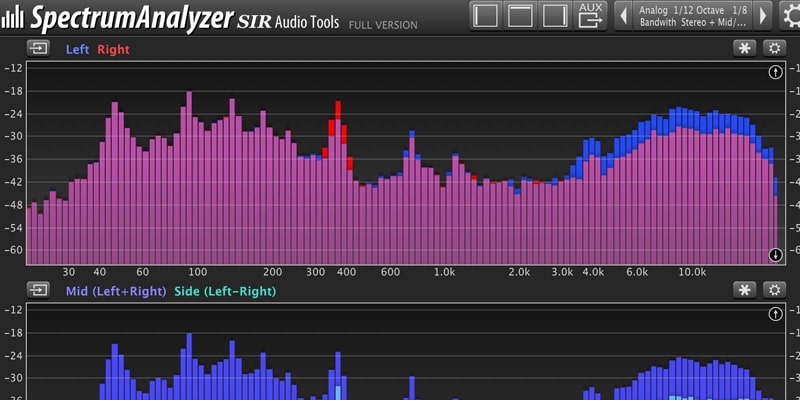Non-fungible tokens (NFTs) are rapidly transforming the music industry. They offer a new perspective on ownership, monetization, and the interaction between artists and their audiences. The initial hype in 2021—marked by speculative price surges and celebrity involvement—was followed by a market downturn. Music NFTs are now experiencing a resurgence in 2025. They focus on utility, community, and real value rather than speculation. This shift marks the maturation of Web3 decentralized innovations. It opens a new era for musicians and fans alike.
How Music NFTs Work
Music NFTs are blockchain-based digital assets. They represent ownership or access to music files or related collectibles. These tokens are deployed on decentralized networks such as Ethereum or Solana. Smart contracts manage ownership rights, royalties, and resale conditions. When a fan purchases a music NFT, the transaction is recorded on the blockchain. This ensures transparency and confirms authenticity.
Artists “mint” a digital asset—such as a song, album, or ticket—as an NFT. They sell it directly to fans through NFT marketplaces or their own platforms. Buyers receive a blockchain-verified token confirming ownership. Artists can program perpetual royalties into the token. This allows them to earn a percentage each time it is resold.
Benefits for Artists: Independence and New Revenue Streams
Music NFTs provide significant advantages for artists. They transform how artists interact with the industry:
- Independence and direct fan interaction: Artists can release music independently. They interact directly with fans without relying on traditional intermediaries like labels or streaming platforms. This gives artists full control over their intellectual property and income.
- New revenue streams and transparent royalties: Unlike traditional streaming models that pay fractions of a cent per play, NFTs allow artists to:
- Sell limited-edition tracks at premium prices.
- Earn royalties from NFT resales automatically via smart contracts. This eliminates delays and ambiguity in traditional systems.
- Bundle music with merchandise or access to online/live events.
- Crowdfund albums through pre-sales.
- Experiment with tiered pricing. Basic NFTs provide digital singles, while limited editions offer premium perks.
- Empowering indie musicians: Web3 music platforms level the playing field. This is especially useful for independent artists who historically struggled for recognition and fair compensation.
- Dynamic content: Technologies like Music Data NFTs from the Itheum Protocol overcome the limitations of static NFTs. Artists can update and modify their music and copyright conditions over time. This increases fan engagement by providing a continuous flow of fresh content.
Benefits for Fans: Digital Ownership and Exclusive Experiences
Music NFTs offer fans more than just listening rights:
- Digital ownership and collectibles: NFTs give fans verifiable digital ownership of music and related collectibles. It is similar to owning an autographed vinyl, but in a digital, tradeable, and displayable format.
- Exclusive experiences and perks: NFT holders can access unreleased tracks, albums, concert tickets, VIP passes, private virtual meet-and-greets, behind-the-scenes access, or signed digital artwork.
- Community and participation: NFTs foster community-building. They blur the line between passive consumption and active involvement. Fans can participate in decision-making or revenue sharing. This enhances engagement.
- Direct communication: Verified fans holding Data NFTs can connect directly with artists. They gain access to exclusive content.
Challenges and Market Development
Following explosive growth in 2021 and the subsequent market crash, music NFTs faced challenges. Many casual collectors left due to overvalued assets, unclear long-term value, and cumbersome user experiences. Early music NFTs often represented only a single track. They also lacked update capabilities.
The Web3 music space is maturing. It is shifting focus from speculation to utility, community, and real value. Successful 2025 NFT projects prioritize tangible benefits and practical use. Some artists adopt a hybrid approach. They combine NFT ownership with traditional experiences like exclusive physical merchandise or concert access. Platforms invest in fan education. They also simplify the user experience through fiat payments, integrated wallets, and intuitive interfaces.
Examples of Platforms and Initiatives
Several companies and platforms actively use NFTs in music:
- Royal.io: Founded by DJ 3LAU, this platform sells music rights as limited digital assets (LDAs). Buyers receive a share of streaming royalties and other perks chosen by the artist. Artists like Nas, Diplo, and The Chainsmokers have sold song rights via Royal. 3LAU held the world’s first 50% royalty contest for his song “Worst Case,” making it the first song owned by fans.
- Sony (Soneium platform): The Japanese entertainment giant launched music NFT collections and a fan marketing platform. It includes an integrated web wallet for managing NFTs, simplifying entry for newcomers.
- Coop Records: Founded by crypto entrepreneur Cooper Turley, this Web3 music venture fund, on-chain label, and incubator promotes NFTs as an alternative to traditional music industry models.
- Itheum Protocol & NF.Tunes: Itheum Protocol developed Music Data NFTs, allowing musicians to create dynamic, updatable content. Artists showcase these NFTs on NF.Tunes, a Web3 music portal where fans can explore and listen to new releases.
- Prominent artists: High-profile and independent artists such as Grimes, Kings of Leon, Snoop Dogg, Eminem, and Imogen Heap have already released NFTs.
Conclusion
Music NFTs remain a niche crypto product, and blockchain literacy is limited. However, they hold enormous potential for creating a fairer and more interconnected ecosystem. NFTs give artists control over their careers. They provide new streams of royalties and income. They deepen fan engagement and enable innovative content releases. Fans can transition from passive listeners to collectors and even co-creators. For mass adoption, the industry must simplify user experiences, lower entry barriers, and clearly communicate the real utility of music NFTs.
For musicians looking to improve their production skills while exploring the world of NFTs, using reference tracks can make a big difference. Check out this guide on how to use reference tracks to make your mix sound professional to enhance your mixing workflow and create high-quality music for your NFT releases.





